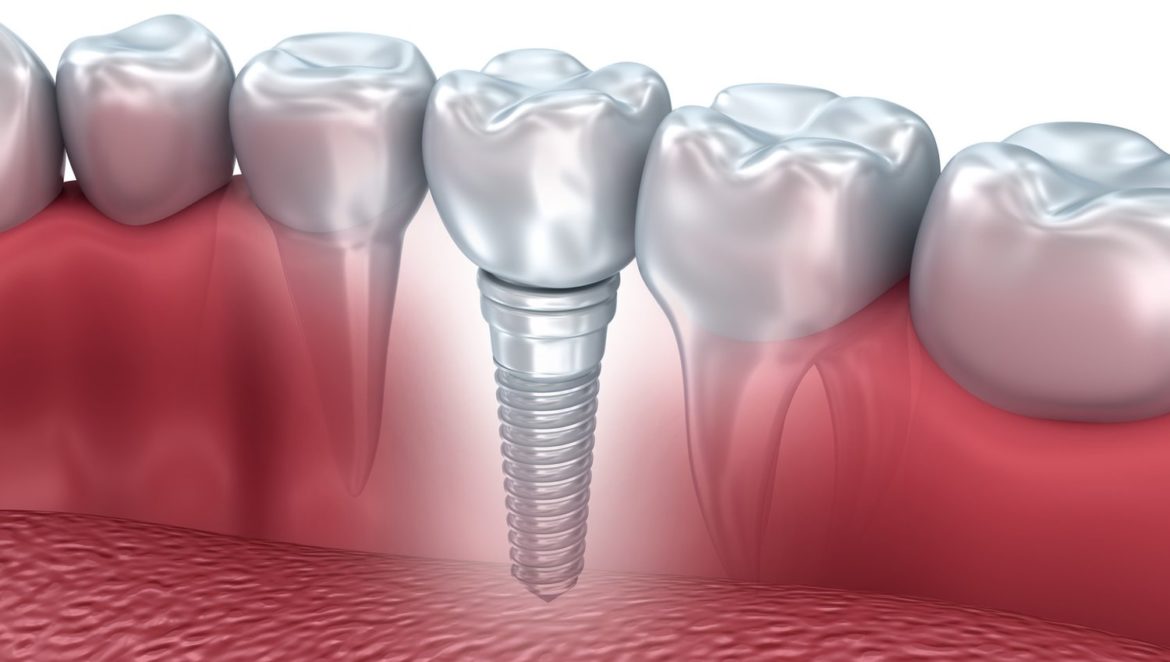It is not uncommon for a patient to require a replacement for a missing tooth. Whether through an accident, or a tooth that had to be pulled, the average American will require at least one replacement tooth in their lifetime.
That said, there are so many options to choose from when it comes to a good replacement for your teeth. With so many options, it can be quite confusing to decide which works best for you. Getting the tooth replaced can make the difference between restoring or even improving your natural smile to suffering from overcrowding, bone loss and a greater risk of tooth decay and gum disease.
This article will cover some of the options you can consider when talking to your dentist.
A dental implant is a small titanium post that is surgically placed into either jaw. A replacement tooth, generally made out of porcelain or zirconium, is affixed to the post.
Dental implants can be used to replace a single tooth, several
missing teeth or even whole jaw
dentures. The titania post functions a lot like a natural tooth’s root, anchoring the tooth in place and keeping your natural smile intact.
Implants have a number of advantages over other kinds of replacement options. They are the most similar to your natural teeth, with no slippage, or chattering. The titanium post, which is body safe and has no negative effects on your mouth’s tissues, actually encourages the bone to grow around it. This means that there is no change to your jaw or face shape, like with other forms of replacements.
There are generally three steps for treatment. First, the implant is placed in the jawbone. Some patients may experience some swelling and tenderness in the area affected, so your dentist may prescribe pain medication. A diet of soft foods is often recommended post-surgery.
Second, the area must be left to heal on its own. This process takes time, but it means that your implant will last far longer than any alternative. The healing varies from person to person, and it is because of this process that it is recommended that only people in good health and have adequate bone to support the implant receive them.
Finally, the custom-made replacement is made in a laboratory, and on another visit the dentist will fit the replacement on the implant posts. Because these custom replacements can take some time to make, you may receive a temporary replacement while you wait for the new one to be made. In the end, dental implants can last years, or even decades, and are the best option for replacing teeth. No adjacent teeth are damaged, and it helps prevent bone loss.
There are a number of cheaper options that often don’t last as long, or are more uncomfortable than implants. Often these require replacements or to damage neighboring teeth. Let’s explore these other options.
Removable Dentures
A removable denture is a type of denture that can be easily taken out of the mouth, so it can be cleaned. There are two types of dentures: Partial ones only replace a small number of teeth, while full dentures can often replace a whole set of teeth.
Dentures generally feature the replacement teeth attached to a plastic base, matching the color of the gums. This plastic often covers a metal framework that gives the denture its structure. The denture may also come with a metal clasp that is used to affix the denture to the teeth.
Many dentures may feel tight or awkward at first, but over time and use, most patients get used to them. Keep in mind that many dentures must be work all day and be removed only for cleaning. Also, be careful of biting down on an uncomfortable denture or trying to force a denture into place.
Additionally, your mouth and jaw will naturally change and shift as you age, causing your dentures to no longer work as well as it first did. It is not uncommon to need to adjust, replace or fix it, requiring multiple visits to the dentist.
Resin-bonded Bridge
A resin-bonded bridge, or sometimes referred to as a Maryland Bridge, is used to replace missing front teeth, that don’t endure the strong forces associated with chewing that back teeth endure.
This type of bridge has two wings on each side that attach to healthy teeth adjacent to the missing one. Unlike regular bridges, a resin-bonded bridge does not require preparing the teeth by grinding down the healthy teeth. Unfortunately, they often do not last as long as other bridges, or nearly as long as dental implants.
Fixed Bridges
Fixed bridges are a kind of restoration generally used when multiple teeth are missing. The fixed bridge is cemented into place. Once bonded, it can only be removed by a dentist. The bridge consists of two ends, or crowns, which cover the attachment teeth on either end of the bridge. Between the two crowns, is what is called a pontic, or bridge, that replaces the missing tooth.
Placing a bridge can take multiple visits to the dentist. To begin, the dentist will need to prepare the teeth that will receive the crowns. These teeth generally have some part of them removed to allow for the attachment of the bridge. The dentist will then take an impression of your teeth and send it off to a lab where the bridge is made.
The bridge is made out of metal, ceramics, and a glass-ceramic combination. You’ll receive a temporary bridge to cover the exposed teeth while you wait for the permanent one to be made. During the follow-up visits, the bridge is fitted, adjusted, and cemented into place.
Fixed bridges affect the teeth next to the bridge and can cause them to become irritated. They also may require extra effort to clean under the pontic. The bone underneath the pontic may naturally recede, causing a change in your teeth and face structure.

